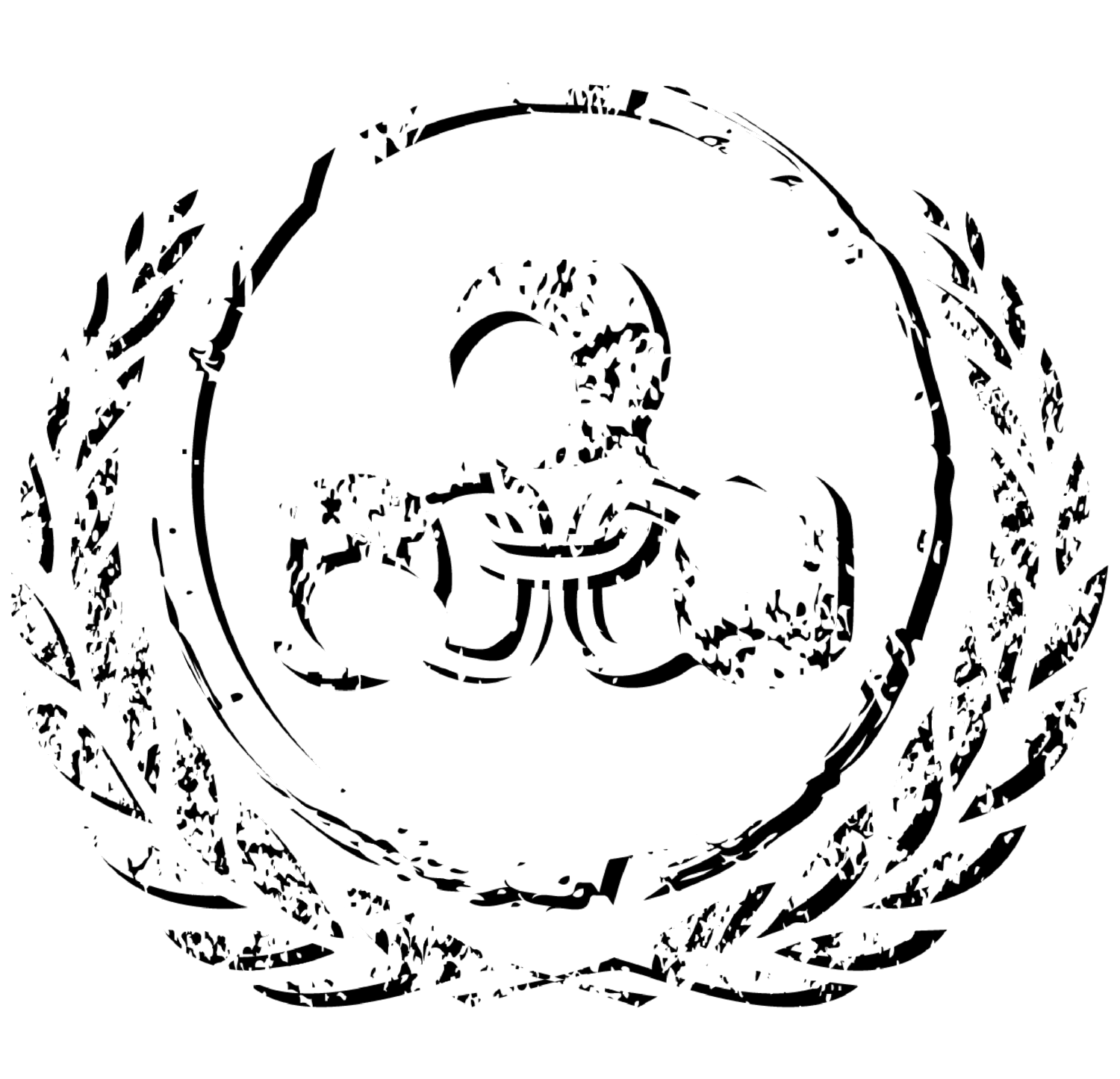Adapted from episode 16 of the podcast: Chasing Excellence
On any given day at the box we watch each other walk in, warm up a bit or stretch, and wander over to the whiteboard. We read the day’s workout, but also check out everybody else’s scores. We have conversations with ourselves about how many rounds we think we can get based on other athletes, whether we will scale or go Rx, which level of Rx we might choose, and how we think we can perform for the day. We often make decisions about our own training in comparison to others’ performances.
Most times on most days, most average CrossFit athletes are competing. We are either competing with names on the gym leaderboard or with ourselves and our previous performances. Ben Bergeron of CrossFit New England argues that being in a constant state of competition is what prevents our own growth as athletes.
Bergeron explains that there are three ways we CrossFit: through practice, training, and competition. Competition should only comprise about 10% of our total training efforts, but it often makes up most of what we do. He doesn't define competition as enrolling in a competitive event, but instead by the way we approach a workout. Trying to beat a time or a person (including ourselves) is by definition competition: we are not trying to improve movement, but instead beat someone by any means possible. Competition is high stakes; it means we chicken wing our bar muscle ups, round our backs on the dumbbell snatch, worm our pushups all for the sake of a better time or more reps. Competition implies a by-any-means-necessary approach. If we perform our workouts like this most of the time, improvement takes a lot longer or doesnt come at all.
Instead, Bergeron argues that 45% of our time should be spent practicing, and 45% of our time should be spent training. Practice means the focus is on improving: we perform slow and controlled movements and keep our heart rates down. Practice looks like many overhead squats with an empty barbell or light weight, small sets of perfect butterfly pullups with rest, or hands in perfect tripod position for small, strict sets of handstand pushups.
Training, on the other hand, is when you perform what we recognize as a traditional CrossFit workout, but with intention. We are not trying to beat someone’s time or top the leaderboard. Instead, we are breathing heavy, possibly using a heavy load, but have a specific goal in mind that is intended to improve movement. Maybe our goal for the day is to practice good kipping pullups, so we sacrifice a faster time to work on doing a solid set of five each time. The goal is to hustle, but with purpose.
All in all, training with intention means reenvisioning the way we approach workouts every day. It means letting go of the PR attempt each time we lift, or disregarding accuracy in metcons. It allows us to choose a focus each time and get better at that one thing. It also reminds us how important practice is for improvement. Training with intention means mindfulness, attention to detail, and honest self-assessment.


